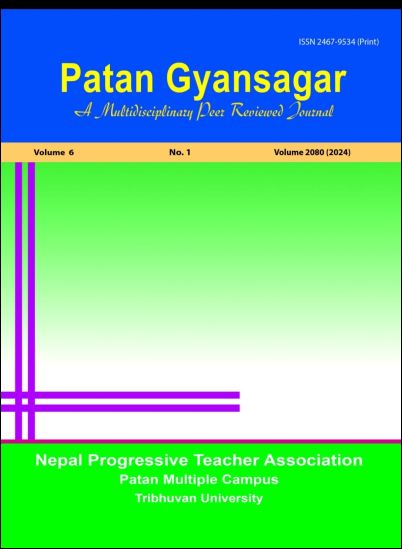Unequal Inaccessibility in Health Services Reason for Rural Migration: An Application of Lee's Push Pull Theory
DOI:
https://doi.org/10.3126/pg.v6i1.67636Keywords:
Health services, rural-to-urban migration, unequal inaccessibility, push-pull theory, negative factors, positive factorsAbstract
Rural-to-urban migration has been a growing phenomenon in recent years in Nepal. Federal Democratic Republic Nepal is combating the unequal distribution of resources, power and opportunities induced by a unitary and centralized government in the past. The aim of restructuring the state was to eliminate the uneven distribution of services, power and resources distribution in terms of region. Now, Nepal is implementing three levels of governments- federal, provincial, and local government to eliminate existing inequalities and to make powerful local areas. In this sense, rural-urban migration is not a growing phenomenon but is now a reverse situation. Local governments are developing in the local areas, the local people are migrating to cities. So, the objective of this paper is to apply the push-pull theory of migration and interlink Lee's theory and the distribution of health services in rural areas including Diprung Chuichumma Rural Municipality, Khotang. It is based on the positivistic philosophy and its approach is deductive approach. The causes of rural-to-urban migration are both push-pull factors. Unequal inaccessibility in health services between rural and urban areas is the main reason for migration.




